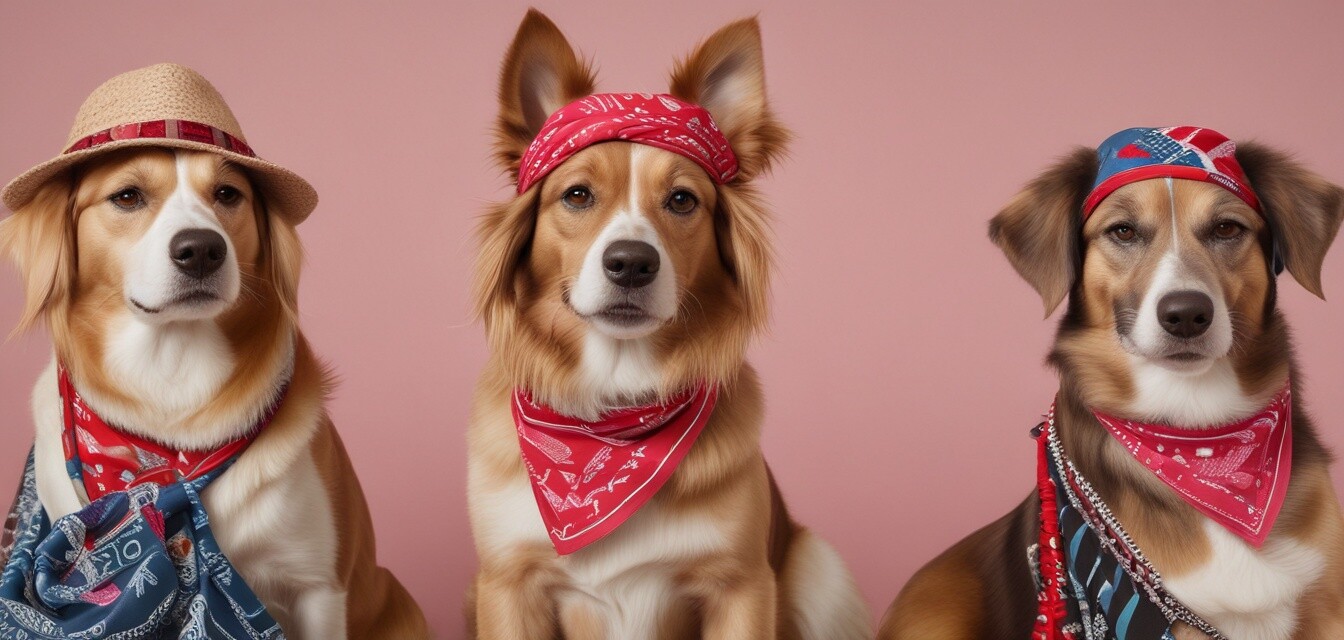
How nonprofit organizations are innovating dog fashion
Key Takeaways
- Nonprofits are leading the charge in sustainable dog fashion practices.
- They promote awareness and education about ethical fashion choices in the pet industry.
- Collaborations between designers and nonprofits are producing innovative products.
- Community involvement plays a significant role in supporting these initiatives.
- Events and fundraisers are effective for promoting sustainable dog fashion and engaging dog lovers.
The world of dog fashion has taken a turn towards sustainability, and nonprofit organizations are at the forefront of this innovation. As dog owners increasingly focus on ethical choices, these nonprofits are not just advocating for shelter animals but are also reshaping how we think about our pets’ wardrobes. In this article, we will explore how nonprofits are driving sustainable practices and trends in the dog fashion space.
The Role of Nonprofits in Dog Fashion Innovation
Nonprofit organizations play a crucial role in advocating for and implementing sustainable practices within the dog fashion industry. Their missions often align with promoting responsible consumerism, environmental awareness, and social inclusion.
1. Advocacy for Sustainable Materials
Many nonprofits are committed to reducing environmental impact by promoting the use of sustainable materials. This initiative includes sourcing fabrics made from recycled materials, organic fibers, or ethically produced textiles. By influencing designers to adopt these materials, nonprofits help to usher in a new era of environmentally friendly dog apparel.
2. Educating Consumers
It’s not enough for nonprofits to innovate alone; they must also educate consumers about their choices. Through blogs, social media campaigns, and community events, nonprofits are actively teaching pet owners about the impact of their purchasing decisions on the environment. This approach is essential in creating a market demand for sustainable dog fashion.
3. Collaborations Between Designers and Nonprofits
Collaboration is where creativity flourishes. Nonprofits often connect designers with ethical manufacturing processes, allowing them to create fashionable, functional, and sustainable products. These partnerships result in limited-edition collections that not only look great but also support animal welfare initiatives.
| Feature | Traditional Practices | Sustainable Practices |
|---|---|---|
| Materials Used | Conventional fabrics | Recycled & organic materials |
| Production Ethics | Standard manufacturing | Ethical manufacturing processes |
| Environmental Impact | High | Reduced |
| Community Benefit | Limited | Direct support to local communities |
Community Engagement and Events
Another exciting aspect of nonprofits in dog fashion is their community engagement through events. These events not only raise funds but also awareness about the importance of sustainable practices. From dog walks to fashion shows, these gatherings create a communal bond among dog lovers while showcasing innovative fashion trends.
Types of Community Events
- Fashion Shows: Highlighting sustainable designs from local pet fashion designers.
- Shelter Fundraisers: Hosting events where portions of proceeds go to shelters nearby.
- Workshops: Offering educational sessions on caring for sustainable dog fashion.
- Pop-Up Shops: Selling unique pieces while promoting animal welfare causes.
Success Stories from Nonprofit Innovations
Several nonprofit organizations have led the way in transforming the dog fashion industry. They have implemented successful programs that have gained attention far and wide. Here, we spotlight a few inspiring stories:
1. Eco-Paws Initiative
Eco-Paws is a nonprofit that focuses on creating stylish dog accessories using 100% recycled materials. Their recent collection was featured in numerous dog fashion events, highlighting the importance of sustainability.
2. Pet Fashion for a Purpose
This initiative partners with local fashion schools to engage students in designing a sustainable collection for dogs. This collaboration not only generates interest in sustainable fashion but also provides real-world experience for future designers.
3. Wagging Tails Foundation
Wagging Tails organizes an annual dog fashion week, bringing together various brands and designers committed to ethical practices. The event has grown in popularity, fostering a greater community of dog lovers focused on sustainability.
Conclusion: The Future of Dog Fashion
As we move towards a more conscious consumer culture, nonprofits are proving to be essential players in the dog fashion industry. Their dedication to sustainable practices, community engagement, and innovative collaborations is inspiring a new wave of dog fashion that reflects our values as society. Interested in learning more about the latest trends in dog fashion? Check out our blog on Trends in Dog Fashion or explore buying guides for the best dog accessories.
Pros
- Promotes ethical fashion choices.
- Supports local communities and shelters.
- Innovation in sustainable design.
- Raises awareness about environmental impact.
- Creates a sense of community among dog lovers.
Cons
- Limited availability in some markets.
- Higher costs for sustainable products.
- Potential for competition with traditional brands.
- Consumer awareness is still growing.